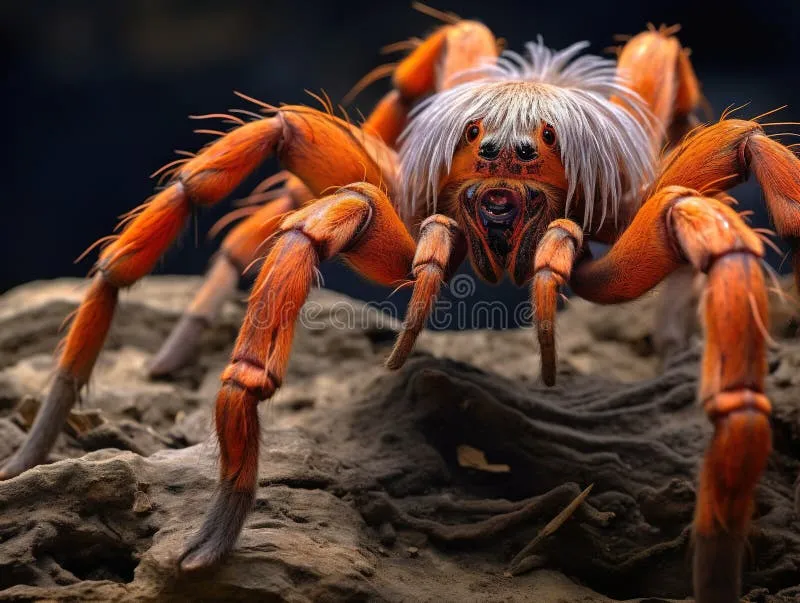What is the Usambara Baboon Tarantula?
The Usambara Baboon Tarantula, scientifically known as Heteroscodra maculata, is a fascinating species of tarantula native to the tropical regions of East Africa. Known for its striking appearance and relatively defensive nature, this spider has become a popular, albeit challenging, pet among arachnid enthusiasts. Its common name comes from its hairy appearance and the baboon-like posture it sometimes adopts when threatened. This species offers a glimpse into the intricate world of tarantulas, with its unique behaviors, habitat preferences, and care requirements. Understanding the Usambara Baboon Tarantula goes beyond mere observation; it involves appreciating its role in its ecosystem and the specific needs it has in captivity. This article aims to delve deep into the world of this remarkable creature, offering a comprehensive guide to its characteristics, care, and the most amazing facts that make it a standout among tarantulas.
Appearance and Characteristics
The Usambara Baboon Tarantula is a medium to large-sized tarantula, instantly recognizable due to its distinctive appearance. Its physical traits contribute to both its appeal and its defensive reputation. These spiders are known for their robust build, and a generally impressive leg span. Their overall appearance reflects their arboreal and terrestrial lifestyle, enabling them to navigate their environment effectively. The following sections will delve into the specific aspects of their appearance that make them so intriguing.
Size and Physical Traits
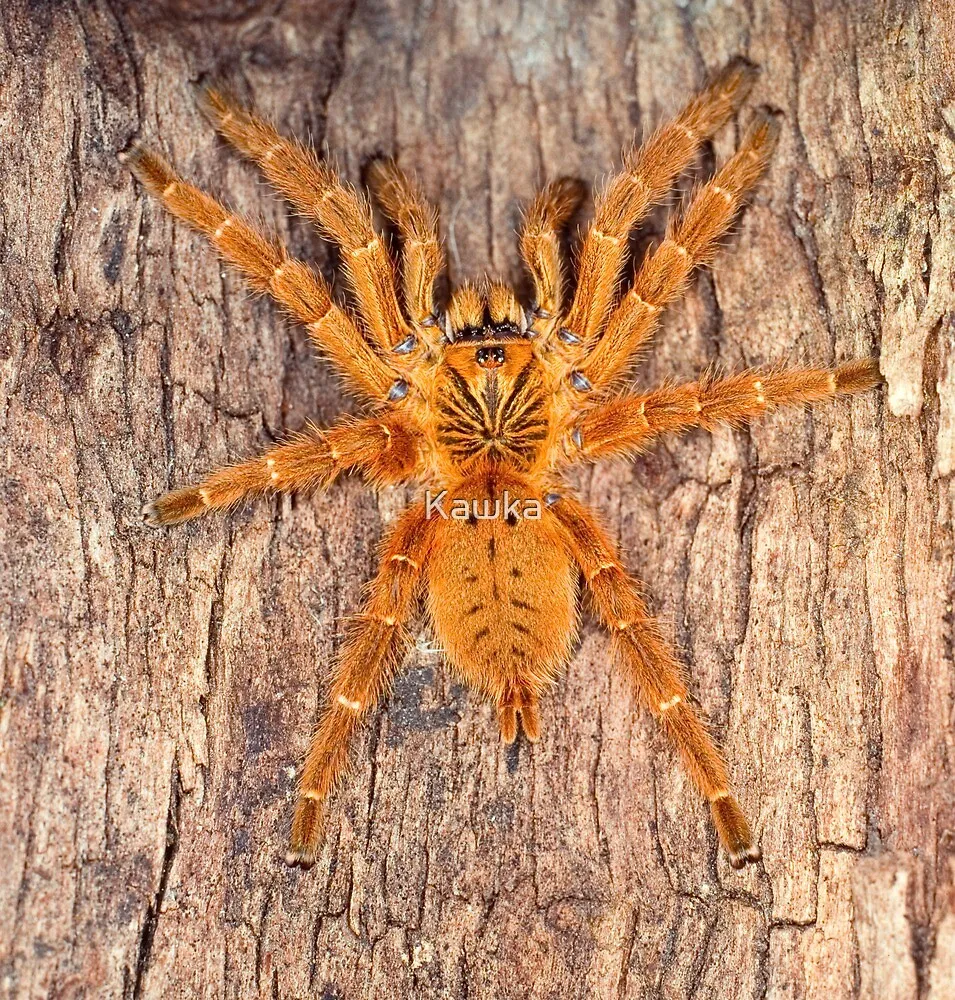
Adult Usambara Baboon Tarantulas typically have a leg span ranging from 5 to 6 inches. The body itself is quite compact and sturdy, contributing to their overall imposing appearance. Their chelicerae, the mouthparts, are relatively large and powerful, reflecting their predatory nature. The body is covered in urticating hairs, which the spider can flick off as a defense mechanism. Males are generally smaller and more slender than females, with longer legs. Understanding these size and physical traits is crucial when considering the proper housing and care for these tarantulas. The spiders’ robust build and powerful features highlight their adaptation to a life of both hunting and defense.
Coloration and Markings
The coloration of the Usambara Baboon Tarantula is another of its defining characteristics. They typically exhibit a dark, almost black base color, contrasted by distinct yellowish or white markings on their legs and carapace (the top part of their body). This striking pattern adds to their visual appeal and helps them blend in with their natural surroundings, providing camouflage in their natural habitat. The contrast of colors can vary slightly between individuals, adding to their unique appeal. Additionally, the markings may become more vibrant after molting, as they shed their old exoskeleton. The coloration of the Usambara Baboon Tarantula is not just aesthetic; it is a key element in its survival strategy, both for camouflage and signaling.
Habitat and Natural Environment
Understanding the natural habitat of the Usambara Baboon Tarantula is key to providing them with the best possible care in captivity. They are native to a specific range, where environmental factors dictate their behaviors and survival. Replicating this environment as closely as possible will ensure the spider thrives. The following section will cover the details of their native region, the climate they prefer, and the behaviors they exhibit within their natural habitat.
Native Region and Climate
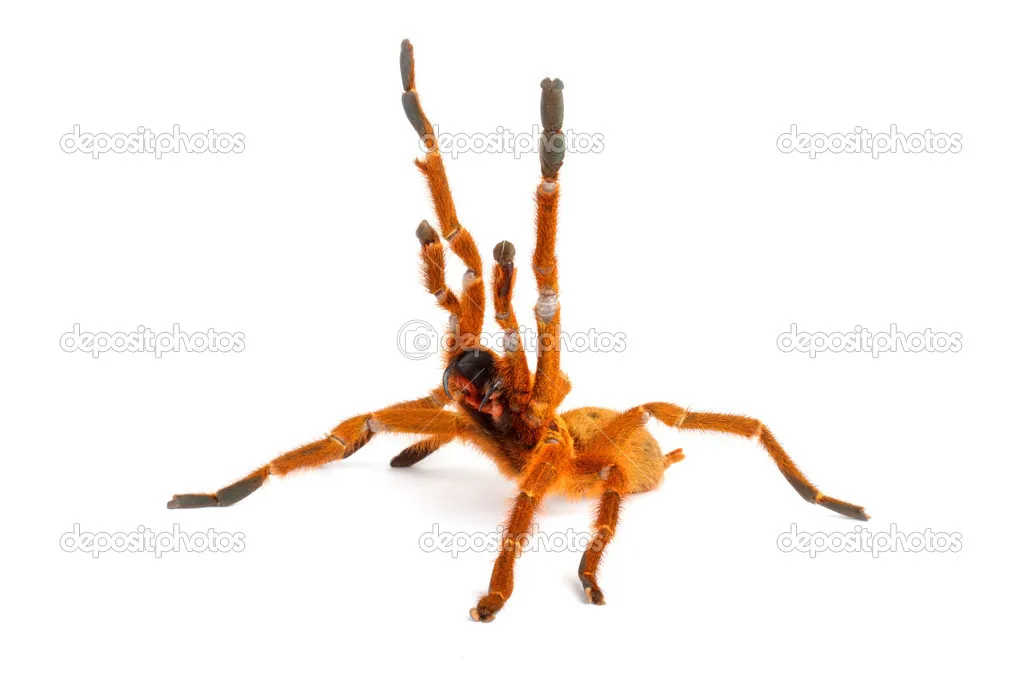
Usambara Baboon Tarantulas are primarily found in the tropical regions of East Africa, specifically in Tanzania and Kenya. They thrive in humid, warm environments that offer plenty of hiding places. The climate in these areas is characterized by high humidity and relatively stable temperatures throughout the year. These conditions are essential for their survival, influencing their molting cycles, feeding habits, and overall well-being. When keeping them as pets, it is vital to replicate these environmental conditions.
Burrowing and Hiding Behaviors
In their natural environment, Usambara Baboon Tarantulas are typically found in burrows, under rocks, or within tree hollows, where they can find refuge from predators and the elements. These tarantulas are opportunistic burrowers, and can often be found utilizing pre-existing shelters or creating their own. Their hiding behaviors are a key part of their survival strategy, protecting them from the sun and providing them with an advantageous position for ambushing prey. In captivity, these behaviors are often seen, and it is crucial to provide them with the proper substrate and hiding places to allow them to express these natural behaviors.
Top 5 Amazing Facts About Usambara Baboon Tarantulas
The Usambara Baboon Tarantula boasts many fascinating features that make it a captivating creature to study. Here are five amazing facts that set this species apart:
Fact 1 Life Cycle and Lifespan
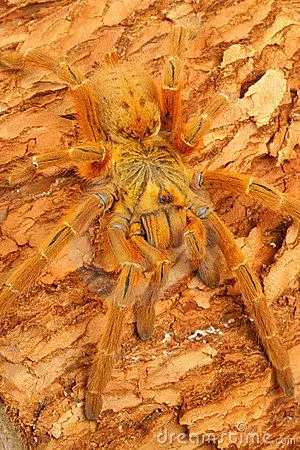
Usambara Baboon Tarantulas, like other tarantulas, have a unique life cycle that includes molting, a process where they shed their exoskeleton to grow. Females can live for up to 12 years or more in captivity, making them a long-term commitment for pet owners. Males, on the other hand, have a significantly shorter lifespan, typically living for only 2-3 years after reaching maturity. The molting process is crucial for their growth, and the frequency of molting decreases as the spider matures. Understanding the lifespan and molting cycle is crucial for providing appropriate care.
Fact 2 Venom and Bite
While Usambara Baboon Tarantulas are venomous, their venom is not considered highly dangerous to humans. The effects of a bite are usually comparable to a bee sting, causing local pain, redness, and swelling. However, individuals with allergies to insect venom might experience more severe reactions. They are more likely to bite when provoked or threatened. It is important to handle them with care and avoid any unnecessary contact. The potential for a bite is a good reason to respect this tarantula’s defensive nature and exercise caution when handling it.
Fact 3 Unique Defenses
Usambara Baboon Tarantulas have evolved several defense mechanisms to protect themselves from predators. Besides their venom, they possess urticating hairs on their abdomen, which they can flick towards threats. These hairs cause intense itching and irritation upon contact. They also exhibit a defensive posture, raising their front legs and displaying their fangs. They might also run away when feeling threatened. These defenses highlight their adaptive strategies for survival in their native habitat and explain why it is wise to observe them from a distance.
Fact 4 Feeding Habits
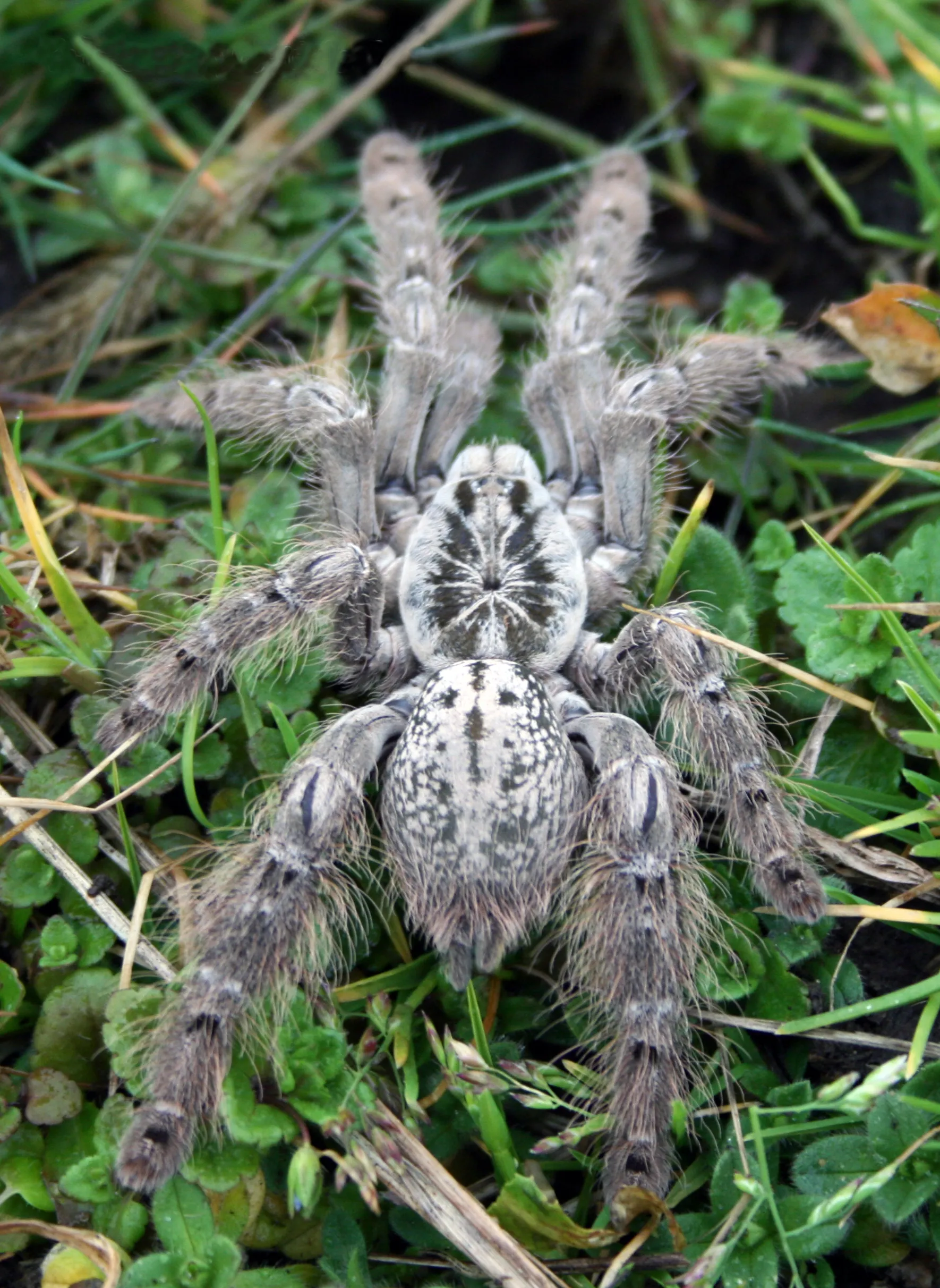
Usambara Baboon Tarantulas are voracious predators with a diet consisting mainly of insects. In their natural environment, they consume a variety of prey, including crickets, roaches, and other invertebrates. In captivity, they are typically fed live insects that are readily available at pet stores. The frequency of feeding depends on the tarantula’s size and age, with juveniles needing more frequent meals than adults. Providing a varied diet ensures that the tarantula receives all the necessary nutrients. The way they hunt and consume their prey offers a glimpse into their predatory behavior.
Fact 5 Temperament and Handling
Usambara Baboon Tarantulas are generally known to be a bit defensive and fast-moving. Due to their skittish nature, they are not usually recommended for frequent handling, especially for beginners. They are more prone to bite than some other tarantula species. While some experienced keepers can handle them with care, it is best to observe them in their enclosures. Understanding their temperament and handling them with respect and caution is important for their safety and the keeper’s safety.
Caring for Your Usambara Baboon Tarantula
Caring for an Usambara Baboon Tarantula requires creating and maintaining an environment that mimics its natural habitat. This includes the right enclosure, substrate, temperature, humidity, and diet. Proper care not only ensures the tarantula’s survival but also contributes to its overall health and well-being. The following sections will detail the essential elements of their care.
Creating the Perfect Enclosure
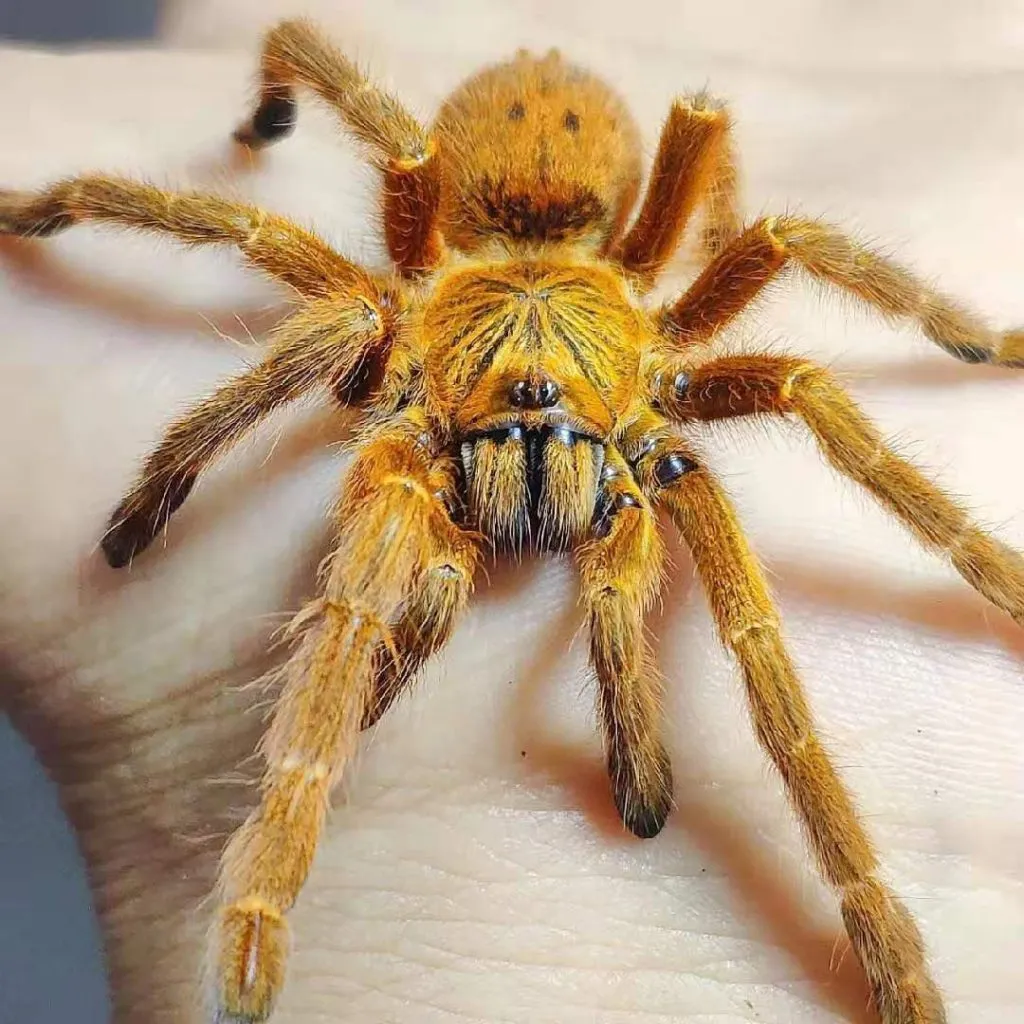
The enclosure is a fundamental aspect of Usambara Baboon Tarantula care. A well-designed enclosure should provide adequate space, proper ventilation, and security. A glass or acrylic terrarium is generally recommended, with dimensions appropriate for the tarantula’s size. Secure lids are a must to prevent escapes, and the enclosure should be designed to retain humidity while allowing for airflow. The size of the enclosure should be proportional to the spider’s leg span, with juveniles needing smaller spaces than adults. The right enclosure can make all the difference in the tarantula’s comfort and health.
Substrate and Furnishing
The substrate is the bedding material that lines the bottom of the enclosure. For Usambara Baboon Tarantulas, a substrate that retains moisture and allows for burrowing is ideal. A mixture of peat moss, coconut fiber, and a small amount of vermiculite is often used. The substrate should be deep enough to allow the tarantula to burrow and hide. In addition to the substrate, providing furnishings like cork bark, branches, and artificial plants creates a more natural environment, allowing the tarantula to feel secure and enrich its life. These additions should be arranged to offer hiding places and climbing opportunities.
Temperature and Humidity
Maintaining the correct temperature and humidity levels is crucial for the health of an Usambara Baboon Tarantula. The ideal temperature range is typically between 75-85°F (24-29°C). This can often be achieved with a heat source, like a low-wattage heat mat or a ceramic heat emitter, placed on the side of the enclosure. Humidity levels should be kept between 65-75%, achieved by misting the enclosure regularly or using a water dish. Monitoring the temperature and humidity with a thermometer and hygrometer is essential to ensure the environment remains suitable. Proper temperature and humidity are vital for successful molting and overall well-being.
Feeding and Diet
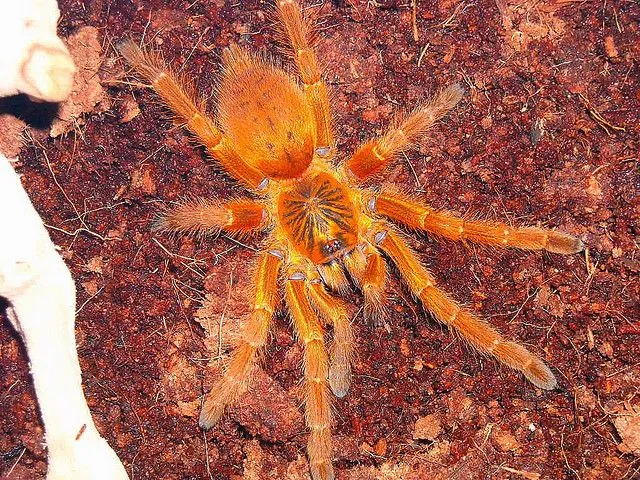
Feeding your Usambara Baboon Tarantula involves providing the right type and size of food. Live insects are the staple of their diet. Crickets, roaches, mealworms, and other appropriately sized invertebrates are commonly used. The frequency of feeding depends on the tarantula’s size and age, with juveniles needing more frequent meals than adults. The prey should be slightly smaller than the tarantula’s body. It is important to remove any uneaten prey within 24 hours to prevent stress for the spider. A varied diet helps provide essential nutrients.
Health and Common Issues
Usambara Baboon Tarantulas are relatively hardy, but they can be susceptible to certain health issues. These include dehydration, mites, and problems during molting. Dehydration can be prevented by providing a constant supply of fresh water and maintaining the correct humidity levels. Mites can sometimes infest the tarantula or its enclosure, and they should be addressed by removing the affected substrate and cleaning the enclosure. Problems during molting can sometimes occur if humidity or temperature levels are not correct. Being aware of these potential issues and monitoring your tarantula for signs of distress is essential for maintaining their health. Regular observation and preventative measures are crucial in the care of these fascinating arachnids.
